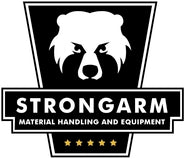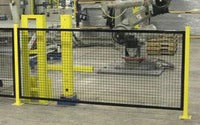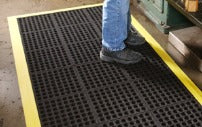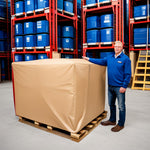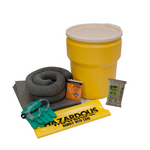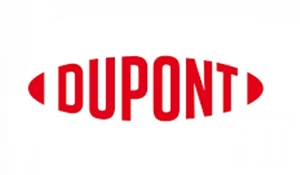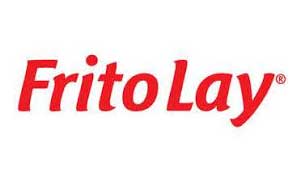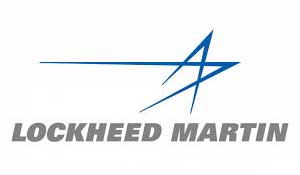Industrial Curtain Walls vs. Traditional Drywall: Which One is Better for Your Facility?
Manufacturing, assembling, warehousing, and pharmaceutical businesses often require partitions to adapt to new workspace layouts. They also need to achieve temperature control and noise reduction. Therefore, selecting an ideal partitioning system is a necessity in industrial settings. Industrial curtain walls and traditional drywall are two options to achieve workplace partition.
Also called warehouse partition walls, industrial soft wall curtains are a cost-effective and flexible solution that provides quick reconfiguration in worksite locations. On the contrary, traditional drywall offers a permanent structure to controlled environments where insulation and durability are key. Having distinct benefits, both options seem to be reliable.
But which option is ideal for your facility?
When there’s a lot of hype about vinyl partitions, it’s natural to get confused while deciding between industrial curtain walls and traditional drywall. So, should you go for a permanent partition or install industrial curtain walls to save massive business costs?
The trick is to identify your current business scenario and choose the option that fulfills your business requirements the most.
In this guide, we’ve given a detailed comparison to help you finalize the most feasible option for partitioning your facility.
Let’s dig deeper.

Industrial Curtain Walls and Traditional Drywall – The Differences
Made of heavy-duty vinyl or PVC panels, industrial curtain walls are vinyl partitions that divide specific workspaces. Installing these partitions eliminates the need to construct permanent walls. You can either attach these partitions directly to walls, suspend them from ceilings, or mount them on retractable tracks.
Drywall is different from vinyl partitions in that it’s a structured and permanent partition system made with sheetrock and framed with wooden or metal studs. It is then finished with wallpaper or paint.
Now that you know the fundamental difference between both types of partitions, let’s compare each one of them based on some crucial factors:
Installation
Easy, hassle-free, and quick installation is one of the perks of industrial curtain walls. Since these vinyl partitions don’t require drywall sheets, screws, frames, or paint, facility managers can get these installed in a couple of hours (or days) depending on the spaciousness of the workspaces. Quick installation makes it a must-have for businesses that immediately require partitions for a time-sensitive project. Most industrial curtain walls also have track systems that allow easy movement.
Drywall installation involves a detailed process (including cutting, framing, taping, mounting, sanding, mudding, and even painting). It’s a labor-intensive process that takes a longer time to complete. Before installing drywall, you should also ensure that any permits are required.
The verdict
Industrial curtain walls are a suitable choice for facilities that require temporary and adjustable vinyl partitions. This allows quick modification without a lot of disruption.
Drywall is a practical option for solid structures that require support in existing fixtures (such as windows, doors, and electrical outlets).

Cost
Industrial curtain walls don’t require professional labor or structural modifications. That’s why it becomes easier for businesses to save costs on installation and modification of these partitions.
If we compare the upfront cost of both partitioning systems, industrial curtain walls win the game because their purchase and installation are a one-time expense. However, adding drywall to a workspace adds up to the overall cost due to high material costs and labor costs.
If a business plans to reconfigure the workspace layout, removing and rebuilding leads to demolition and waste disposal expenses. Adding a new, resized drywall becomes even more expensive.
The verdict
Industrial curtain walls are a budget-friendly option for businesses that prefer easily-modifiable and low-cost workspace.
A drywall is a better option for permanent workspaces where partitions are required just once.
Flexibility
Industrial curtain walls provide high flexibility that helps businesses expand or modify their workspace whenever the need arises. They are easy to reposition without interfering with daily operations. Their high adaptability is specifically beneficial for manufacturing units, factories, and warehouses that frequently need to change their partitions according to seasonal changes and workflow changes.
On the other hand, the lack of flexibility makes drywall a restrictive option for businesses that frequently prefer adjusting their floor layout. Besides, it becomes challenging to reconfigure partitions in a large-scale facility as drywall repairs often generate debris and dust. Workspaces contaminated with debris and dust can lead to further issues in cleaner environments (such as pharmaceutical facilities or food processing factories).
The verdict
Industrial curtain walls are a feasible solution for industrial settings requiring modular spaces that are flexible and adjustable as the need arises.
Drywall is a preferred choice for businesses that have long-term interior appearance (that do not require frequent changes).
Durability
Heavy-duty vinyl is what makes industrial curtain walls stand out from other partitioning systems. Vinyl construction enables these curtain walls to work well even in harsh environments. They are corrosion-resistant and moisture-resistant – making them a practical choice for warehouses and manufacturing plants.
Besides being highly durable, vinyl partitions possess a non-porous surface. This prevents the accumulation of chemical buildup, dust, and grease. These partitions are also easy to clean. A simple pressure wash or wipe-down is all you need to maintain them.
In contrast, drywall requires frequent maintenance as it is prone to dents, cracks, and holes. Therefore, it’s not a reliable option for heavy-duty or high-traffic workspaces. Drywall can also attract chemical stains, dust, and oil. That’s why cleaning, patching, and repainting a drywall is necessary.
The verdict
Industrial curtain walls are a useful choice for work environments that must avoid corrosion, moisture, dust, and mold.
Drywall can be a suitable option for enclosed areas or office settings where dust or grease does not accumulate as often as it does in industrial units.
Energy efficiency
Industrial curtain walls are made with solid vinyl panels that enable businesses to achieve HVAC efficiency within large workspaces. By containing cooled or heated air within specific work zones, vinyl partitions prevent excess air from traveling to unused spaces. The zoning effect reduces energy consumption and lowers utility costs.
Drywall does provide basic insulation. However, it requires extra insulation materials for improving thermal efficiency. That’s why incorporating drywall into larger workspaces can be costly.
The verdict
Industrial curtain walls are ideal for cold storage areas and other industries where it’s crucial to maintain temperature levels. It’s also a smart option for open, large spaces.
Drywall can be an appropriate choice for conference rooms, offices, or workplaces that require airtight insulation and soundproofing.
Safety
Implementing fire safety standards is a common practice in industrial settings. OSHA also suggests employers implement fire prevention plans. Designed with anti-static and fire-resistant properties, industrial curtain walls help employers minimize the risk of workplace fire accidents.
Commercial facilities having a permanent structure can install fire-rated drywall. However, adding fire-coated treatments to it requires additional installation costs to meet the fire safety standards.
The verdict
Industrial curtain walls are a perfect partitioning solution for facilities that require OSHA-compliant, flexible barriers with chemical resistance and fire resistance.
Drywall is a better option for permanent, enclosed, and insulated spaces that require fire protection.
The Takeaway
Whether you want to opt for industrial curtain walls or traditional drywall, making the right choice is important to avoid any regrets in the future. Besides, having a clear understanding of the partitioning system that aligns with your business goals will help you make an informed decision.
Now that you know which option suits your budgetary requirements and operational needs, the next step is to implement your partitioning strategy into your facility.
If you’ve selected industrial curtain walls, it’s time to assess the workplace layout and identify key areas that need vinyl partitions. If you have plans for business expansion, you can look for industrial curtain walls with customized designs that can be installed strategically. But if you’ve chosen traditional drywall as a partition, you should determine the exact placement and dimensions of the walls. Whichever option you choose, it’s a good idea to regularly maintain both types of partitions to increase their lifespan.

